Make a Gourd Birdhouse
Gourds are ready for birdhouse making in late summer or early fall in most places. Gourds make excellent birdhouses when hollowed out and prepared. Here’s how to use gourds to make birdhouses for your backyard birds.
Gourd Selection
Choose gourds that are free of blemishes, the so-called bad or rotten spots. Make sure the gourd has time to dry completely before preparing if for the birdhouse. Make sure the gourds have fully matured before they are picked as this may cause them to dry incorrectly. Remember that gourds are in the pumpkin and squash family and may be confused with pumpkins. Pumpkins and squash would rot before they would dry sufficiently enough to use as a birdhouse. Pick gourds suitable for crafts.
The best way to dry gourds is on the vine. Leave them to dry naturally and they will last longer. If you must harvest gourds early, cut them with a large piece of stem still attached and put them in a protected place so they may dry. Be aware that harvesting them too early increases the chances of rot. Wash the gourds to remove any dirt. Make sure the gourds have plenty of room and aren’t touching each other for best results.
Some gourds take months to cure, or dry. It’s worth the wait because properly dried gourds last much longer than those gourds harvested too early and forced to dry under less natural conditions. Many gourds grow mold on the outside. This is normal if rot doesn’t set in. If the sides of the gourd are still firm, you can use the gourd for the birdhouse. If the gourd has turned mushy, it’s time to find another gourd because this one is rotten.
Prepare the Gourd
Once the gourd has been properly selected, you can start preparing the birdhouse. You may take a mild detergent to wash off the gourd before painting it. Use a vegetable brush gently to brush off any lingering mold or dirt before you start to paint the gourd. Dry off the gourd with a paper towel.
Paint the Gourd
If you choose to paint the gourd birdhouse, choose a paint that can withstand the outside elements. Waterproof paints and a finish are recommended. Start with a latex or oil base primer. Primers are generally white base colors. They help the paint stick to the surface. Then apply the paint that you wish. Allow each coat, including the primer, to dry completely before adding more paint layers.
When you are finished with the painting, spray the gourd with a finish. A common finish to use with gourds is shellac, found at most hobby and craft stores and many home and garden stores. Use any sealant made for an outdoor project.
Make the Birdhouse
After the paint has completely dried, wait another day to be sure the paint and finish is dried. If you decide to leave the gourd in a natural state, skip the painting part and make the birdhouse. You can use a special drill bit, called a holesaw, to drill the holes or you can use a knife to cut out a hole. This is where the birds will enter the gourd to make their nest. Scoop out any leftover flesh and seeds with a spoon or stick. Do this carefully so you don’t damage the gourd or paint job.
Attach a strong wire to the stem of the gourd. You can run the wire through the stem nearest the gourd for better results. Hang the gourd birdhouse in a place where birds will find it safe and easy to reach.
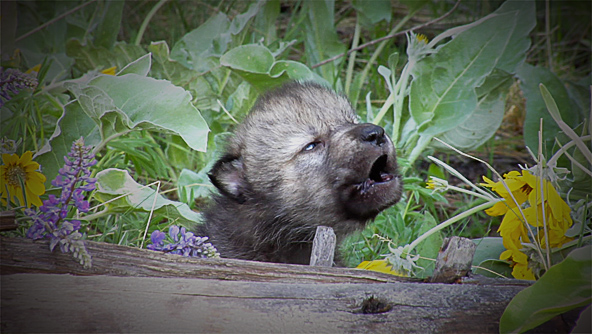
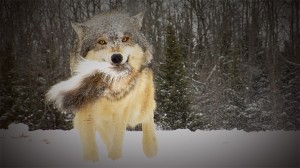
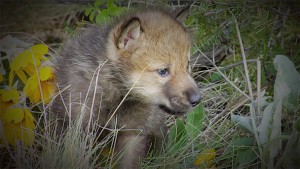 Furthermore, it was not openly proposed and discussed, but rather hidden away in a bill so important that those involved would have no choice but to pass it. This is clearly a case of political maneuvering. Everyone has seen the movie where, to save the sinking ship, the captain must seal off the leaking rooms, dooming the men inside. To do a greater good, a wrong must be done as well. The only reason it was done in this situation is that Senator Jon Tester and Representative Mike Simpson forced it to be so. If they had legitimate evidence of the species’ safety from nature and wildlife experts, they could have presented the unprecedented idea to Congress (remember that Congress has never, in 235 years, taken authority to remove an animal from protected capacity) in its own bill, instead of squirreling it away in the Congressional Budget Act which had to be passed immediately to avoid a government shutdown.
Furthermore, it was not openly proposed and discussed, but rather hidden away in a bill so important that those involved would have no choice but to pass it. This is clearly a case of political maneuvering. Everyone has seen the movie where, to save the sinking ship, the captain must seal off the leaking rooms, dooming the men inside. To do a greater good, a wrong must be done as well. The only reason it was done in this situation is that Senator Jon Tester and Representative Mike Simpson forced it to be so. If they had legitimate evidence of the species’ safety from nature and wildlife experts, they could have presented the unprecedented idea to Congress (remember that Congress has never, in 235 years, taken authority to remove an animal from protected capacity) in its own bill, instead of squirreling it away in the Congressional Budget Act which had to be passed immediately to avoid a government shutdown.

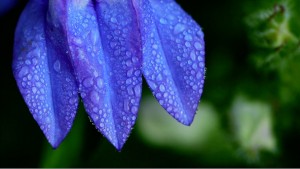
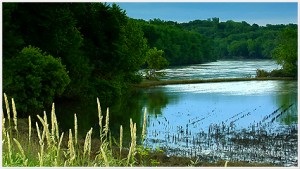




Working As a Wildlife Conservationist
As a nature and wildlife filmmaker, wildlife conservation is always on my mind.
It seems that the world is hell bent on bulldozing every last sanctuary of wilderness we have. So working to conserve wildlife and its habitat is something that I take very seriously.
Working As a Wildlife Conservationist
by Mark Bottell
Article Source: EzineArticles.com
We only have one planet and once we lose a species, it’s gone forever. Extinction rates of wildlife have surpassed all scientific models and is growing exponentially as the human population increases and expands.